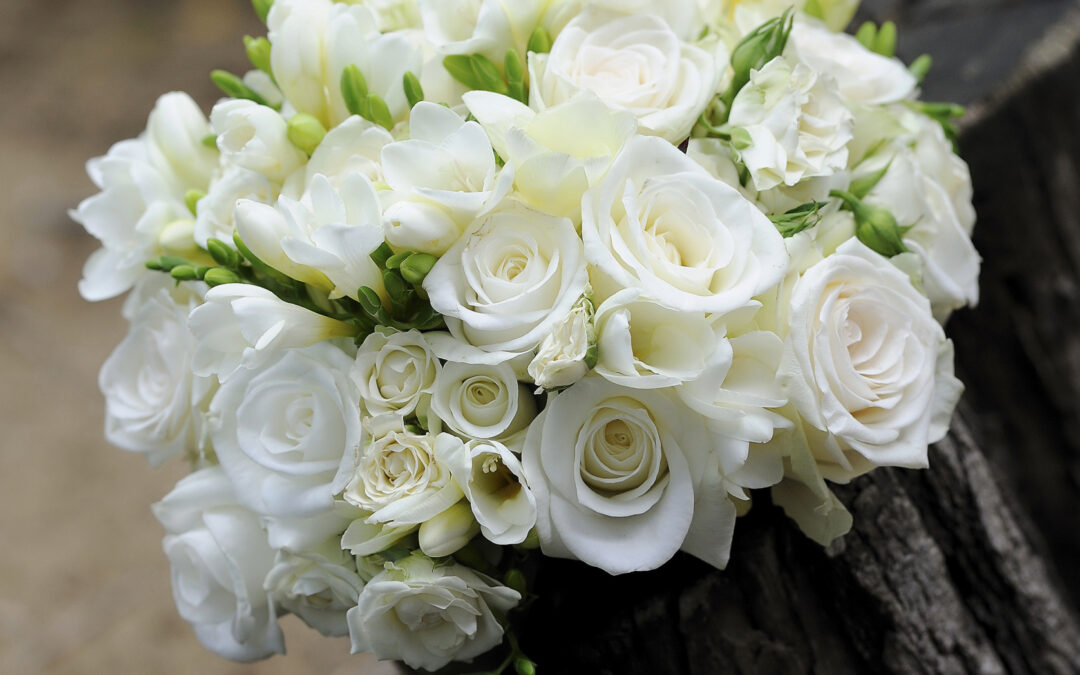When words fall short, flowers can offer comfort and express emotions we struggle to put into speech. Whether you’re attending a funeral, sending sympathy from afar, or supporting someone who’s grieving, flowers are a timeless and meaningful gesture of care and remembrance.
Choosing the right arrangement during such a sensitive time can feel overwhelming. This guide will help you understand which flowers are appropriate, what they symbolise, and how to send a heartfelt message of condolence with grace and respect.
Why We Send Flowers for Sympathy and Funerals
Flowers have long been part of mourning traditions. They provide comfort, beauty, and a gentle reminder of life’s natural cycle. For the grieving, they can bring a sense of peace during a painful time. For those offering support, flowers express respect, compassion, and love without the need for many words.
Most Common Sympathy Flowers and Their Meanings
Each flower carries a message, and many are chosen specifically for the comfort they represent.
Lilies are one of the most traditional funeral flowers. White lilies symbolise purity and the soul’s peaceful return. Their elegant form makes them a classic choice for wreaths and sprays.
Roses are also a common feature in sympathy arrangements. White roses express reverence and remembrance, red roses convey deep love and respect, and pink roses reflect grace and gratitude.
Carnations are long-lasting and fragrant, making them ideal for arrangements that will be on display during services or in the home. White carnations symbolise pure love, while pink ones represent remembrance.
Chrysanthemums are widely used in funeral tributes, especially in the UK and Europe. They’re associated with honour and grief, particularly in white or soft yellow tones.
Orchids are another thoughtful choice—delicate and graceful, they symbolise eternal love and peace. They are often sent in sympathy baskets or as potted plants.
Types of Arrangements You Can Send
When sending flowers in a time of loss, it’s important to choose an arrangement that fits the occasion and your relationship to the deceased or their family.
Bouquets or Sympathy Arrangements: These are typically sent to the home of the bereaved and include soft, comforting flowers like lilies, roses, and greenery. They offer quiet support without being overly formal.
Funeral Sprays or Wreaths: These are often sent directly to the funeral service. They’re designed to be displayed near the coffin or on an easel and are typically larger, more structured displays. Wreaths, with their circular shape, symbolise eternal life.
Posies or Sheaves: These smaller, more compact arrangements are suitable for graveside visits or to be placed beside memorials. They are simple but meaningful.
Potted Plants: A longer-lasting tribute like a peace lily plant or orchid can bring lasting comfort in the days and weeks following a loss.
What to Write on a Sympathy Card
The card that accompanies your flowers doesn’t need to be long, but a sincere message means a lot. A few examples:
- “Thinking of you and sending love during this difficult time.”
- “With deepest sympathy. May [Name] rest in peace.”
- “Our hearts are with you in sorrow and remembrance.”
If you’re unsure what to write, keep it simple, heartfelt, and respectful.
Supporting Loved Ones with Compassion
Sending flowers during a time of grief isn’t just about tradition—it’s about letting someone know they’re not alone. Whether you’re nearby or miles away, a thoughtful floral gesture shows that you’re holding space for them in their time of need.
At eFloral, we understand the sensitivity of these moments. Our sympathy and funeral arrangements are designed with care, using calming, elegant blooms that speak gently and respectfully.
Explore our range of sympathy flowers at efloral.co.uk, or contact us for a bespoke tribute that honours their memory beautifully.







